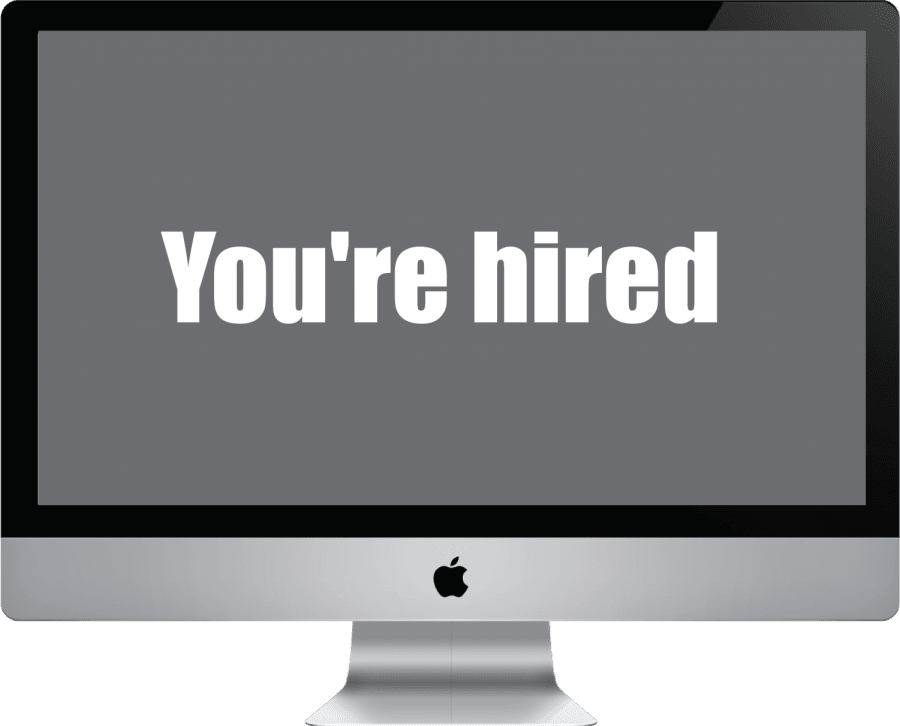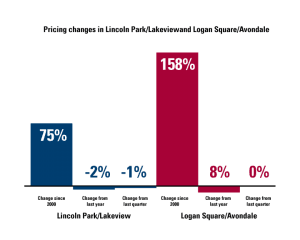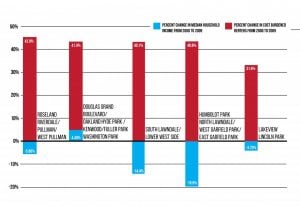Unemployment rate falls to lowest in almost two decades
More stories from Evan Sully
Unemployment in the U.S. is sliding down to record-lows, as the unemployment rate in April dipped to 3.9 percent on a seasonally adjusted measurement according to April’s job report released by the Bureau of Labor Statistics on May 4.
This rate is the lowest it has been since December 2000, when it also stood at 3.9 percent toward the end of the dotcom bubble. Employers during the month added 164,000 jobs as well, with widespread job gains in sectors such as professional and business services, manufacturing, health care and mining. With these job additions, April marked 91 consecutive months, dating back to October 2010, that the economy added jobs.
Health care added 24,000 jobs in April and 305,000 jobs this calendar year alone. Employment increased in ambulatory health care services by 17,000 jobs while employment in hospitals surged by 8,000 jobs.
In a similar fashion to health care, manufacturing employment also increased by 24,000 with the majority of that increase coming in the form of durable goods. Specifically, machinery added 8,000 jobs and overall manufacturing employment has risen by 245,000 over the last year.
Professional and business services gained 54,000 jobs in April.
Employment didn’t change much in government, financial activities, construction, wholesale trade, retail trade, transportation or leisure and hospitality.
“A fall in the unemployment rate is, broadly speaking, a positive development,” said Paul Kubik, an economics professor at DePaul. “The recent decline to 3.9 percent is one additional step in a process that has been underway since the unemployment rate started to fall back in October 2009.”
During the great recession of 2007-2009, the unemployment rate skyrocketed up to 10.0 percent in October 2009 per the Federal Reserve Bank of St. Louis, and it has gradually been falling since then. The unemployment rate in August 2017 was 4.4 percent before dropping down to 4.2 percent in September 2017. Then, in October 2017, the unemployment rate fell again to 4.1 percent and remained static until March before spiking down to its current rate.
One explanation for the unemployment rate is that the size of the labor force shrunk, as 236,000 individuals dropped out of the workforce in April.
“From the overall macro perspective, what you want to have is that the number of new jobs created is at least sufficient to match the number of new people entering the labor market,” said Michael Miller, an economist and DePaul professor. “Over, say, a one-year period, we need about 110 (to) 120,000 jobs per month to match that increase, so we’re doing fine.”
In spite of this exodus from the workforce, the economy saw wages grow.
Average hourly wages rose by four cents in April up to $26.84 for private sector workers, a 2.6 percent increase since April 2017.
While that’s not a significant percentage on paper, there are signs that wage growth, in general, is on track to continue growing.
“It’ll only come to a halt if the labor market becomes less tight,” Miller said. “So in other words, if the unemployment rate begins to rise, workers, their wages have not kept up productivity gains, so they have in a sense money coming their way. They’ve been working hard and because employers have had other options, other people they can hire, workers haven’t had their wages go up. So this is a chance that those wages are going to go up.”
With the unemployment rate this low and jobs continuing to be added month after month, long-term benefits could potentially come through from a macroeconomic perspective.
“One possible long-term benefit would be the rate being so low and with wages beginning to rise that some of the young men who have fallen out of the labor force between 25 and 55 may begin to re-enter the market, and that could only be good,” Miller said.
While economic growth raises the possibility of the economy heating up too fast, Miller doesn’t that happening any time soon.
“(Wages are) not going up that fast, so I don’t think the economy is overheating. I don’t think there’s a problem of firms finding workers yet. There is some mismatch between workers and certain skills, but on the whole, we don’t see that quite yet,” Miller said.
Miller says to not to worry about the risk of inflation.
“The research that I have seen makes it clear that wages don’t cause inflation, wages follow inflation. So inflation expectations will not rise just because workers are finally getting their cut of the pie. Inflation would begin to rise … if the economy overheats, in that the price of inputs overall is rising, and there’s money in the system to, in a sense, fuel some kind of increase in prices.”
Ultimately, any risk of inflation depends a great deal on whether the Federal Reserve raises the federal funds rate – the rate at which banks lend reserve balances to other banks and depository institutions on an overnight basis.
Currently, the federal funds rate is 1.69 percent, and the Federal Open Market Committee (FOMC), which is the committee of the Fed that meets eight times annually to set monetary policy, voted to raise the federal funds rate at both its December and May meetings. Following FOMC’s May meeting “they sent out the usual press release confirming that the Fed thinks the labor market is strong and approaching the two percent target, so they plan to continue to gradually increase rates,” said Ingunn Lonning, a DePaul economics professor.
Moving forward, April’s dip in unemployment creates a sense of optimism for economic prosperity. “The fact that jobs are up is important. It would be nice to have lots of really high paying jobs, and when people have the skills to get into those, that’ll be the case,” Miller said.





